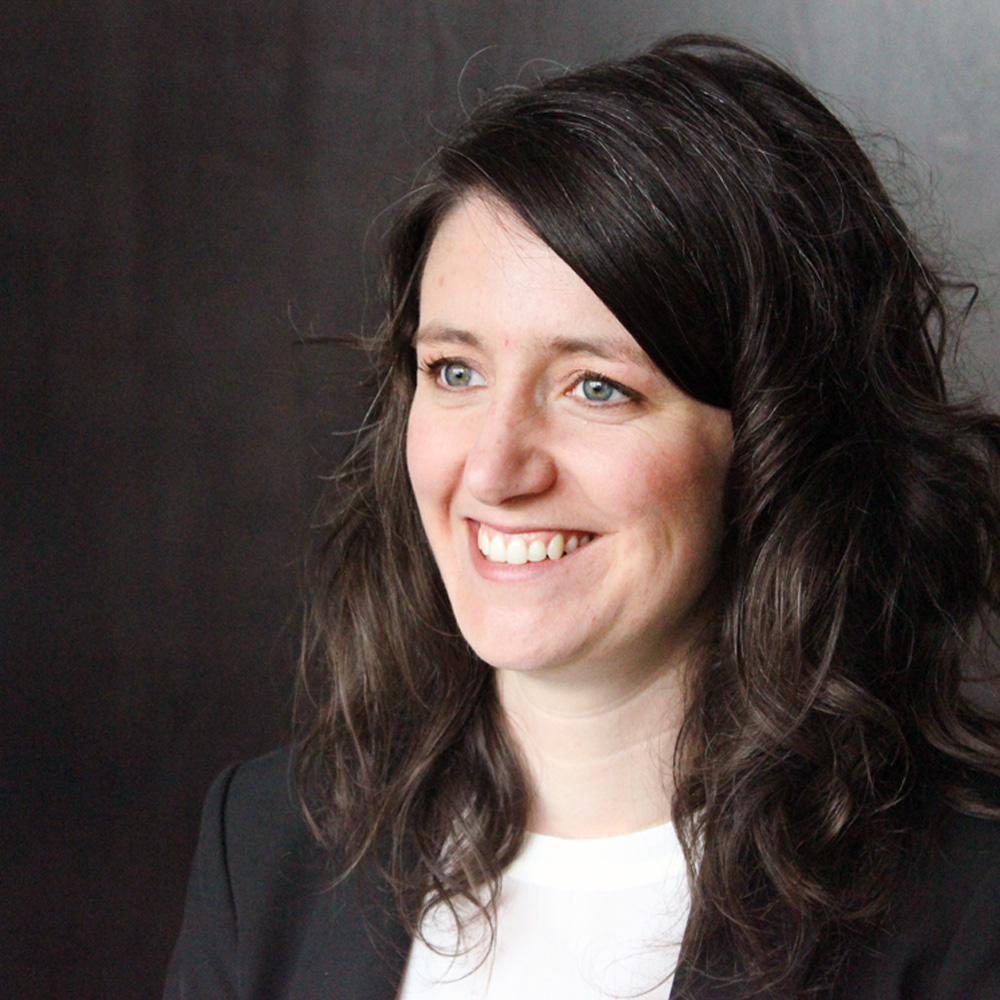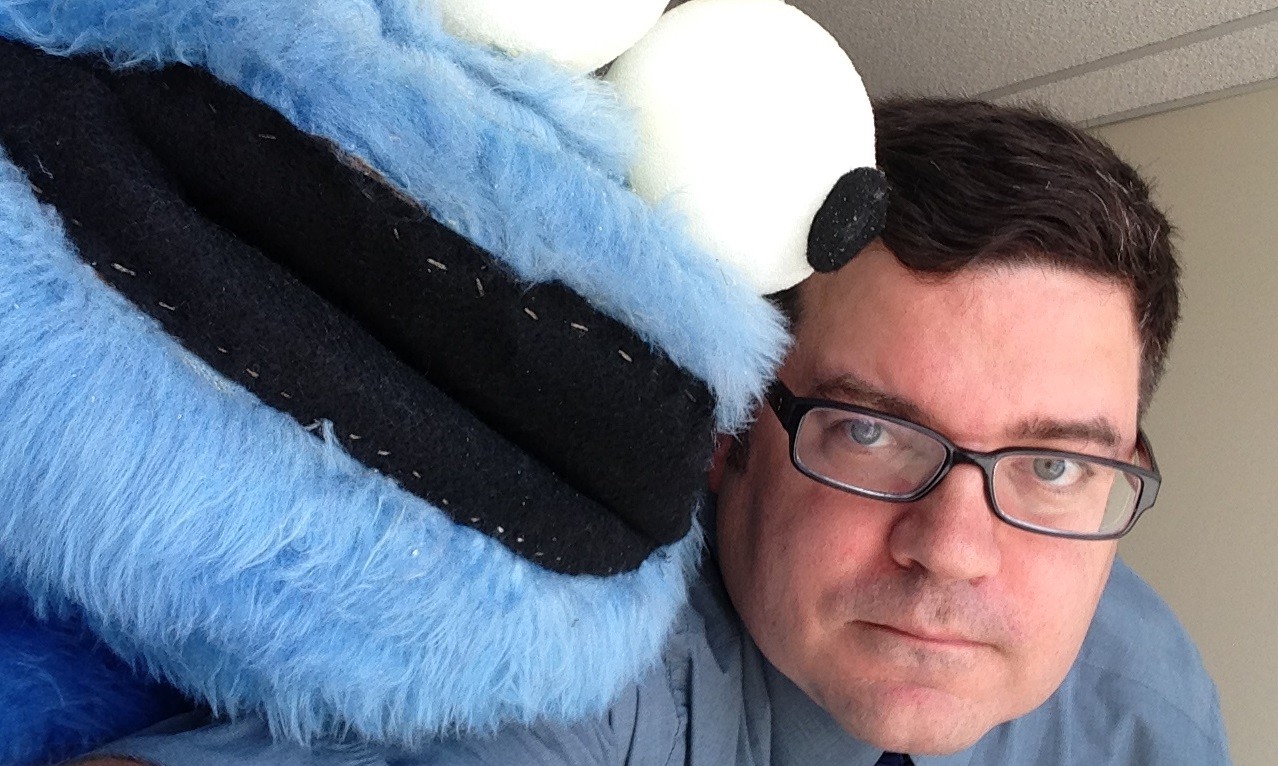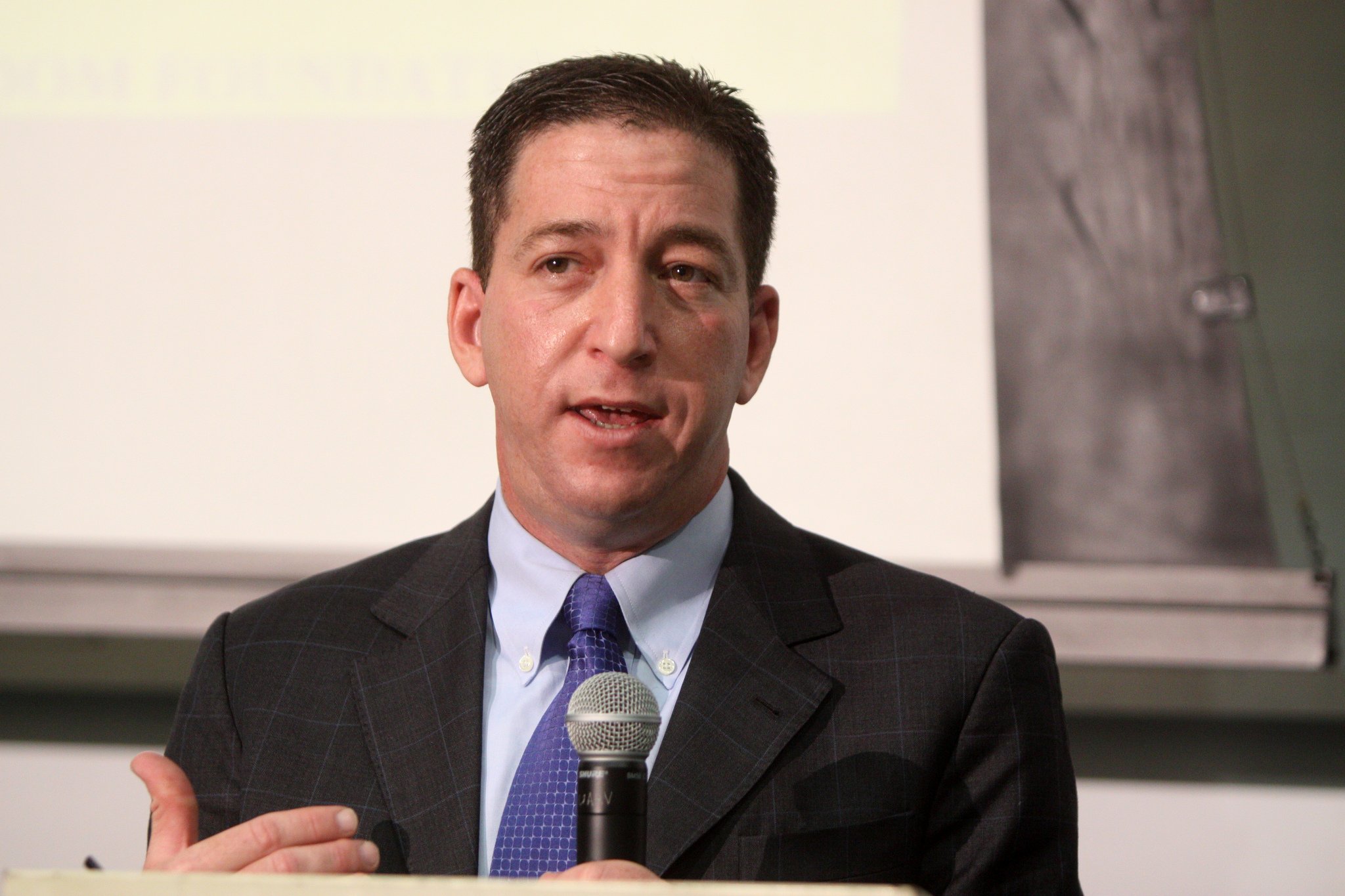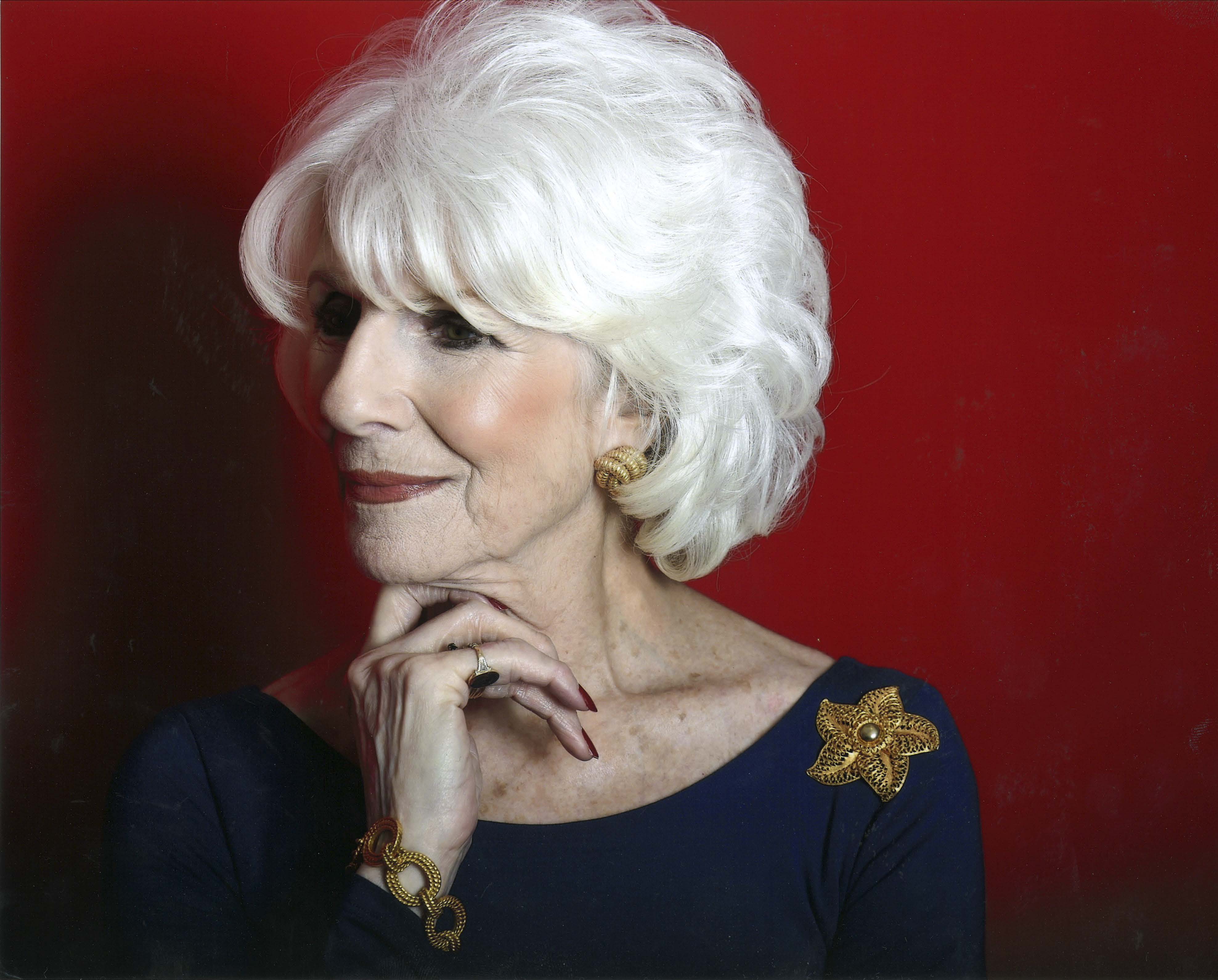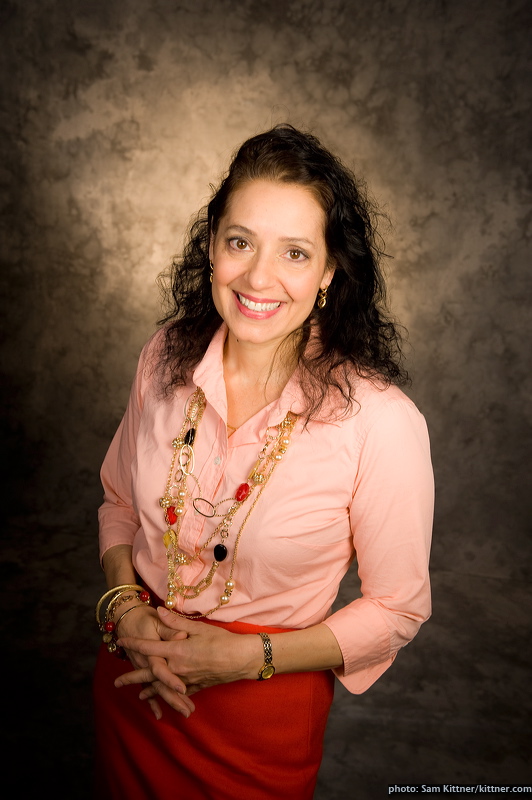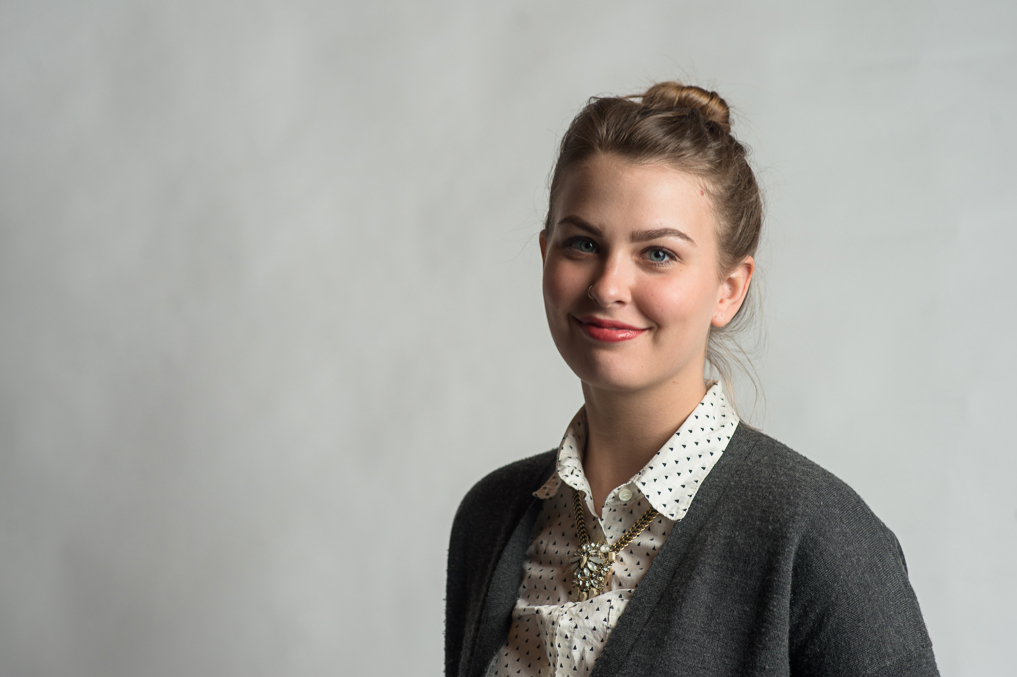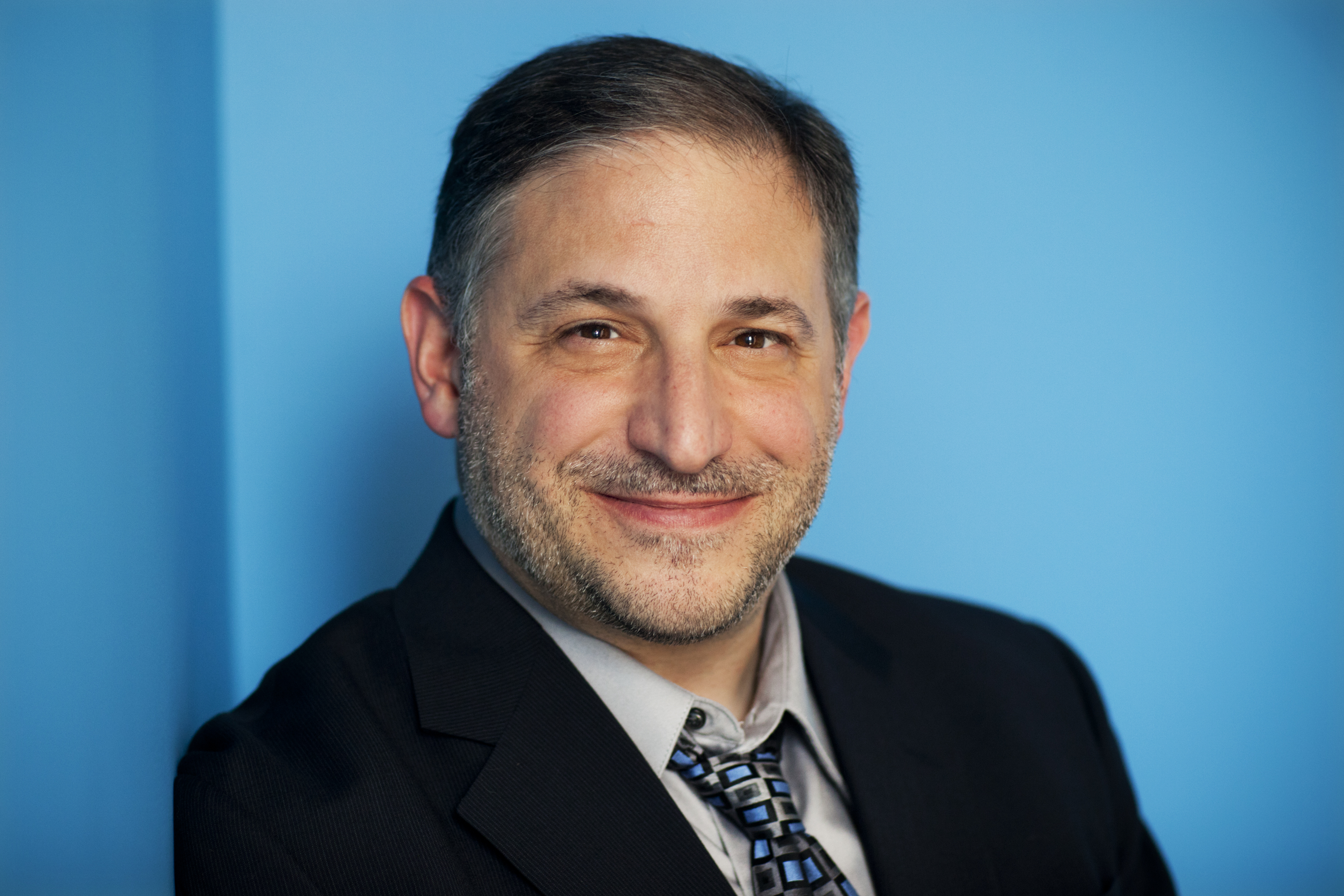Author: Adam Ragusea
Adam is host of Current's podcast, The Pub. He's a Journalist in Residence and Visiting Assistant Professor of Journalism at the Center for Collaborative Journalism at Mercer University in Macon, Ga. He’s also reported for public radio shows including Morning Edition, All Things Considered, Here & Now, Marketplace and The Takeaway. Before becoming a journalist, Adam studied music composition, and he creates all the music for The Pub.
Stations have a future in local appeal, distinct programming
A radio content chief lays out a vision for digital success.By Adam RaguseaMarch 31, 2016“Why not promote our podcasts like we do our own programs?”
West Virginia Public Broadcasting’s Scott Finn considers the future of NPR’s relationship with its member stations.By Adam RaguseaMarch 30, 2016Glenn Greenwald on the “adversarial force” of a free press
The outspoken journalist also accuses NPR of becoming “boring and impotent” by avoiding controversy.By Adam RaguseaMarch 29, 2016‘The Pub’ #59: The case for NPR stations in a post-radio world
How do NPR and stations maintain a mutually beneficial coexistence?By Adam RaguseaMarch 25, 2016Diane Rehm on stepping aside for “something new and fresh”
The host discusses her voice, her approach to interviewing and life after retirement.By Adam RaguseaMarch 22, 2016‘The Pub’ #58: Glenn Greenwald wants NPR journalists ‘to speak like a normal human being’
Greenwald argues that NPR’s impartiality standards are needless at best and dangerous at worst.By Adam RaguseaMarch 18, 2016A critic sees “pro-government” bias in NPR’s reporting, not a leftward lean
Host and freelancer Lisa Simeone dismisses the claim that public media betrays a liberal bias.By Adam RaguseaMarch 15, 2016Does public media need more conservative voices?
Maybe, but a right-leaning public radio journalist says finding them is tricky.By Adam RaguseaMarch 10, 2016‘The Pub’ #57: Music Rights 101 with The Current’s Leah Garaas
If you think music rights are a simple matter, you’re probably doing it wrong.By Adam RaguseaMarch 4, 2016Travel host Rick Steves describes a business model based on generosity
Steves has made a name for himself simply by sharing his enthusiasm for experiencing other cultures.By Adam RaguseaMarch 2, 2016‘The Pub’ #56: Mark Stencel on how public media can corner the fact-checking market
A practical guide on how, when and what to fact-check, and what to do when your fact-checks are inevitably challenged.By Adam RaguseaFebruary 26, 2016How the New York Times’ ‘Modern Love’ became a hit podcast
Essays from a popular column read by the famous and talented prove a recipe for success.By Adam RaguseaFebruary 24, 2016‘The Pub’ #55: Diane Rehm contemplates the end
With her retirement ahead, the longtime host discusses who might replace her in the host chair and her feelings about head-to-head competitor ...By Adam RaguseaFebruary 19, 2016The Pub #54: NPR Story Lab head Michael May, live via Shindig
May joined us for a live celebration of The Pub’s first birthday.By Adam RaguseaFebruary 12, 2016Bill Siemering on his legacy: “Everything that I intended really has come true”
The co-founder of NPR considers how public media has grown since he wrote a renowned mission statement.By Adam RaguseaFebruary 8, 2016


